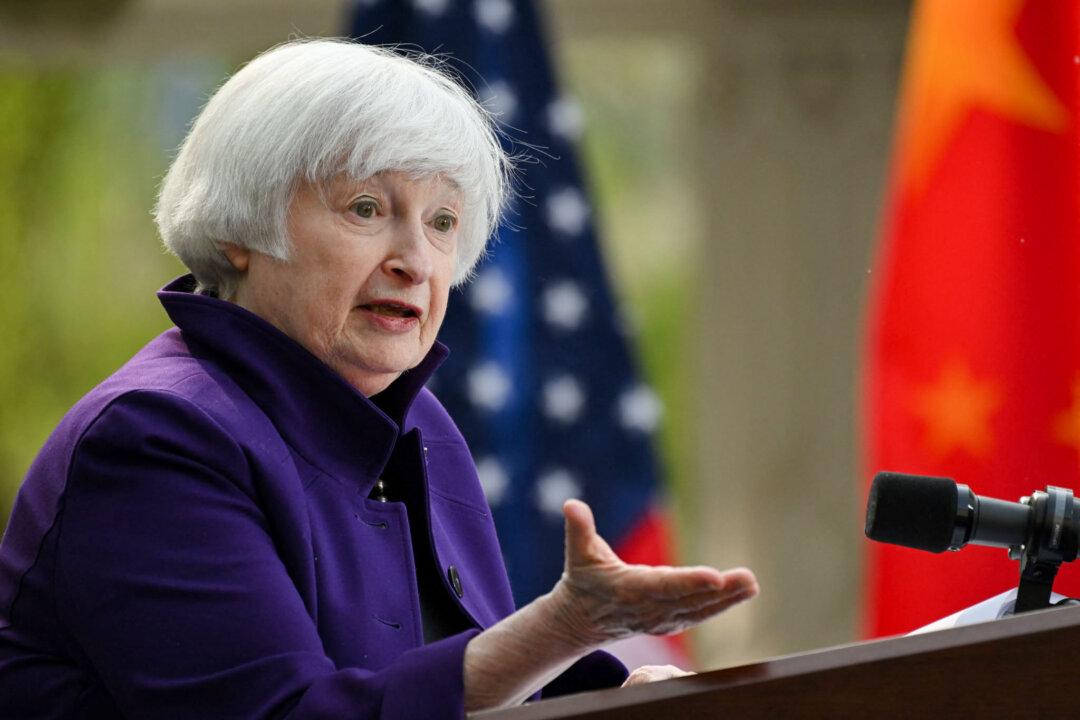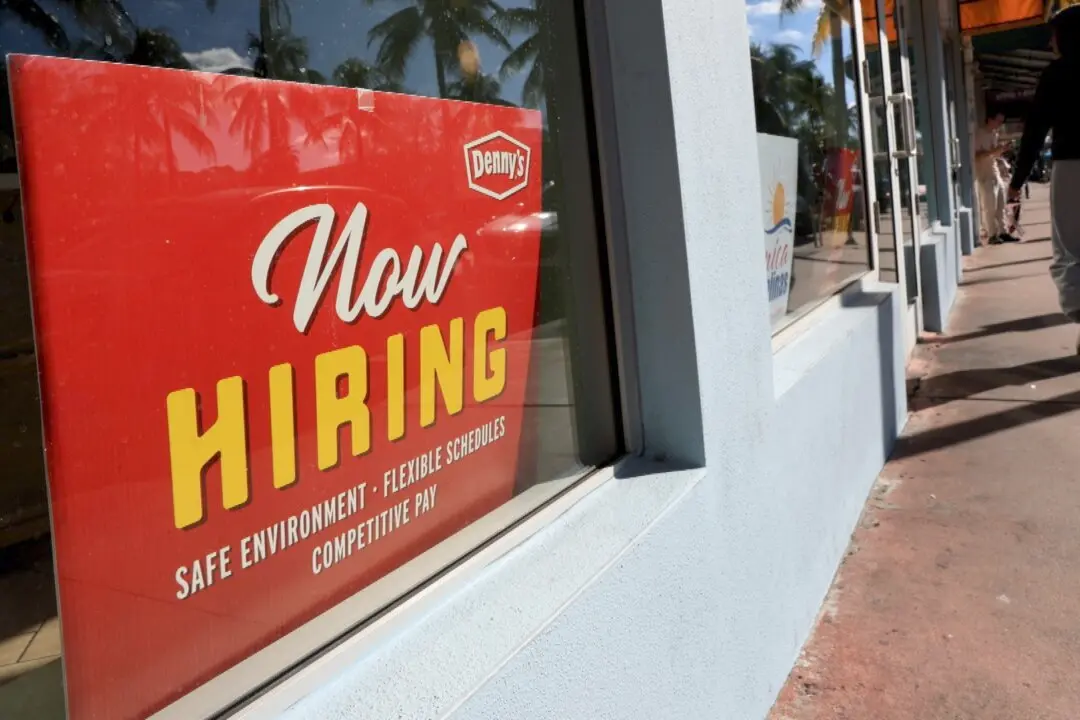Removing millions of illegal immigrants from the country could have “devastating” unintended economic consequences, Treasury Secretary Janet Yellen said at The Atlantic Festival on Sept. 19.
As part of his 2024 platform, former President Donald Trump has pledged to “carry out the largest deportation operation in American history” if reelected.





